Prediction of Taxi Quantity in Hangzhou Based on Principal Component Regression Analysis
DOI: 10.23977/jeis.2024.090301 | Downloads: 20 | Views: 1099
Author(s)
Xinmei Wang 1
Affiliation(s)
1 Key Laboratory of Road and Traffic Engineering of the Ministry of Education, Tongji University, Shanghai, 201804, China
Corresponding Author
Xinmei WangABSTRACT
The congestion of a large city is closely related to the growth of the number of taxis. As an important part of urban traffic, it is particularly important to control traffic congestion to master the number of taxis. In order to assess the impact of taxis on the traffic flow in the future, a scientific method is needed to predict the number of taxis efficiently and accurately. Through qualitative analysis and quantitative correlation analysis, eight influential factors with high correlation were extracted as predictors. The multicollinearity among influencing factors was eliminated by principal component analysis. Based on the single regression prediction of principal component, the regression prediction model of taxi number is constructed. The accuracy test results show that the model has high precision and can be used to predict the number of taxis quickly. It can provide an important basis for urban traffic management departments to effectively control congestion and make accurate traffic decisions.
KEYWORDS
The Number of Taxis, Principal Component, Regression Prediction ModelCITE THIS PAPER
Xinmei Wang, Prediction of Taxi Quantity in Hangzhou Based on Principal Component Regression Analysis. Journal of Electronics and Information Science (2024) Vol. 9: 1-8. DOI: http://dx.doi.org/10.23977/10.23977/jeis.2024.090301.
REFERENCES
[1] Doughs, G. Price regulation and optimal service standards: The taxicab Industry [J]. Journal of Transport Economics and Policy, 1972, (20):116-127.
[2] Lu Jian, Wang Wei. Determination Method of Urban Taxi Ownership [J]. Journal of Traffic and Transportation Engineering, 2004, 4(1): 92-95.
[3] Che Lan. Development Status and Demand Forecast of urban taxi [J]. Shanxi Science and Technology, 2006, (6):104-l07.
[4] Jin Zhenyao et al. Research on taxi investment in Hangzhou [J]. Science and Technology Information, 2012, (01): 212-213.
[5] Zhang Wenlin. Operational Application of Principal Component Analysis in SPSS [J]. Market Research, 2005, (12):31-34.
| Downloads: | 13011 |
|---|---|
| Visits: | 529789 |
Sponsors, Associates, and Links
-
Information Systems and Signal Processing Journal

-
Intelligent Robots and Systems

-
Journal of Image, Video and Signals
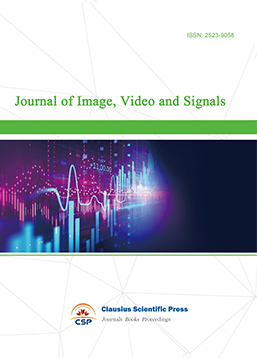
-
Transactions on Real-Time and Embedded Systems
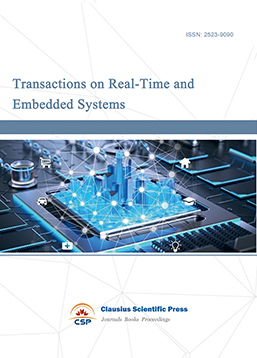
-
Journal of Electromagnetic Interference and Compatibility
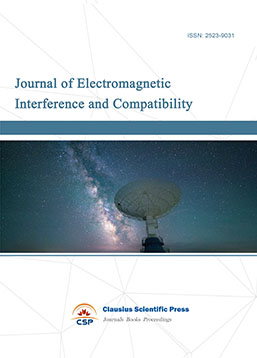
-
Acoustics, Speech and Signal Processing
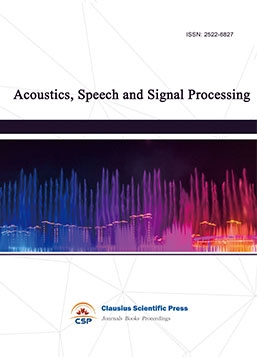
-
Journal of Power Electronics, Machines and Drives
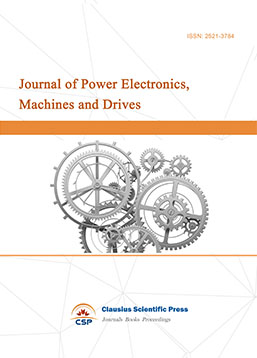
-
Journal of Electro Optics and Lasers

-
Journal of Integrated Circuits Design and Test
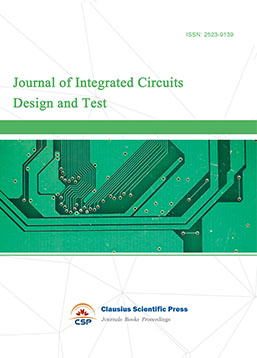
-
Journal of Ultrasonics
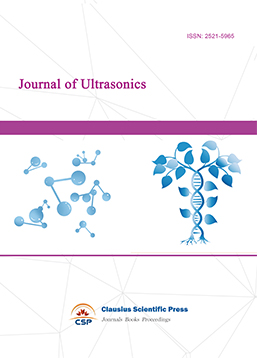
-
Antennas and Propagation
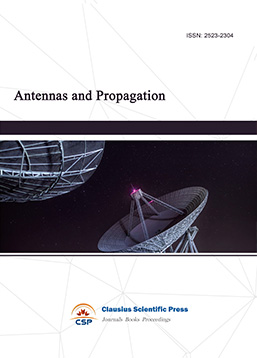
-
Optical Communications
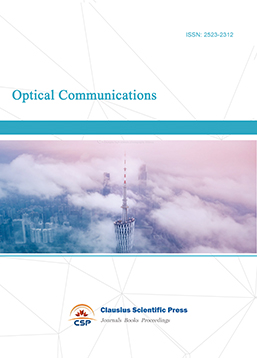
-
Solid-State Circuits and Systems-on-a-Chip
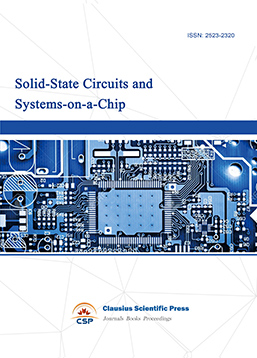
-
Field-Programmable Gate Arrays

-
Vehicular Electronics and Safety
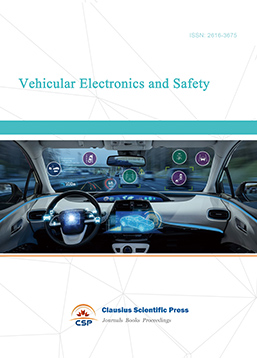
-
Optical Fiber Sensor and Communication
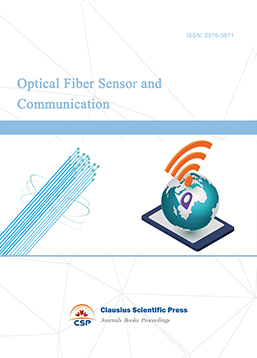
-
Journal of Low Power Electronics and Design
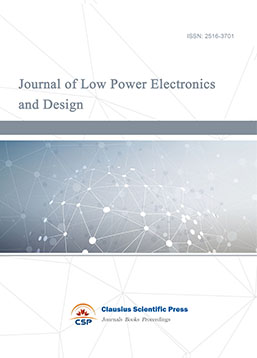
-
Infrared and Millimeter Wave
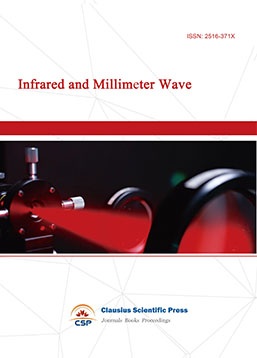
-
Detection Technology and Automation Equipment
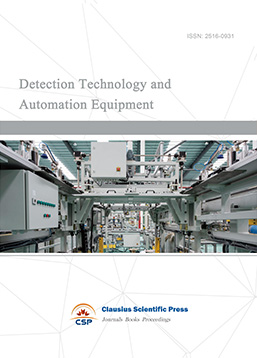
-
Journal of Radio and Wireless

-
Journal of Microwave and Terahertz Engineering
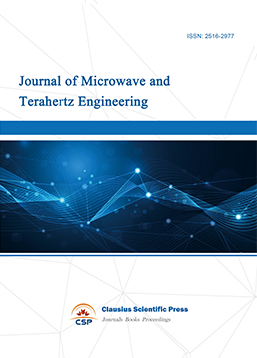
-
Journal of Communication, Control and Computing
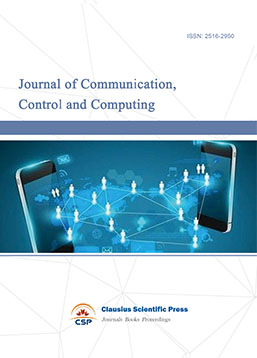
-
International Journal of Surveying and Mapping
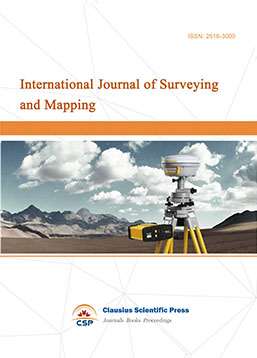
-
Information Retrieval, Systems and Services
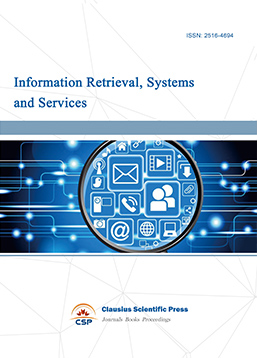
-
Journal of Biometrics, Identity and Security

-
Journal of Avionics, Radar and Sonar
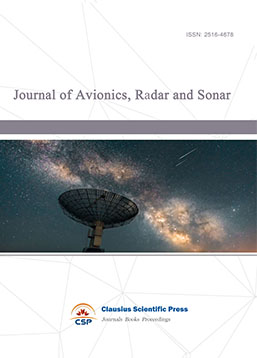

 Download as PDF
Download as PDF